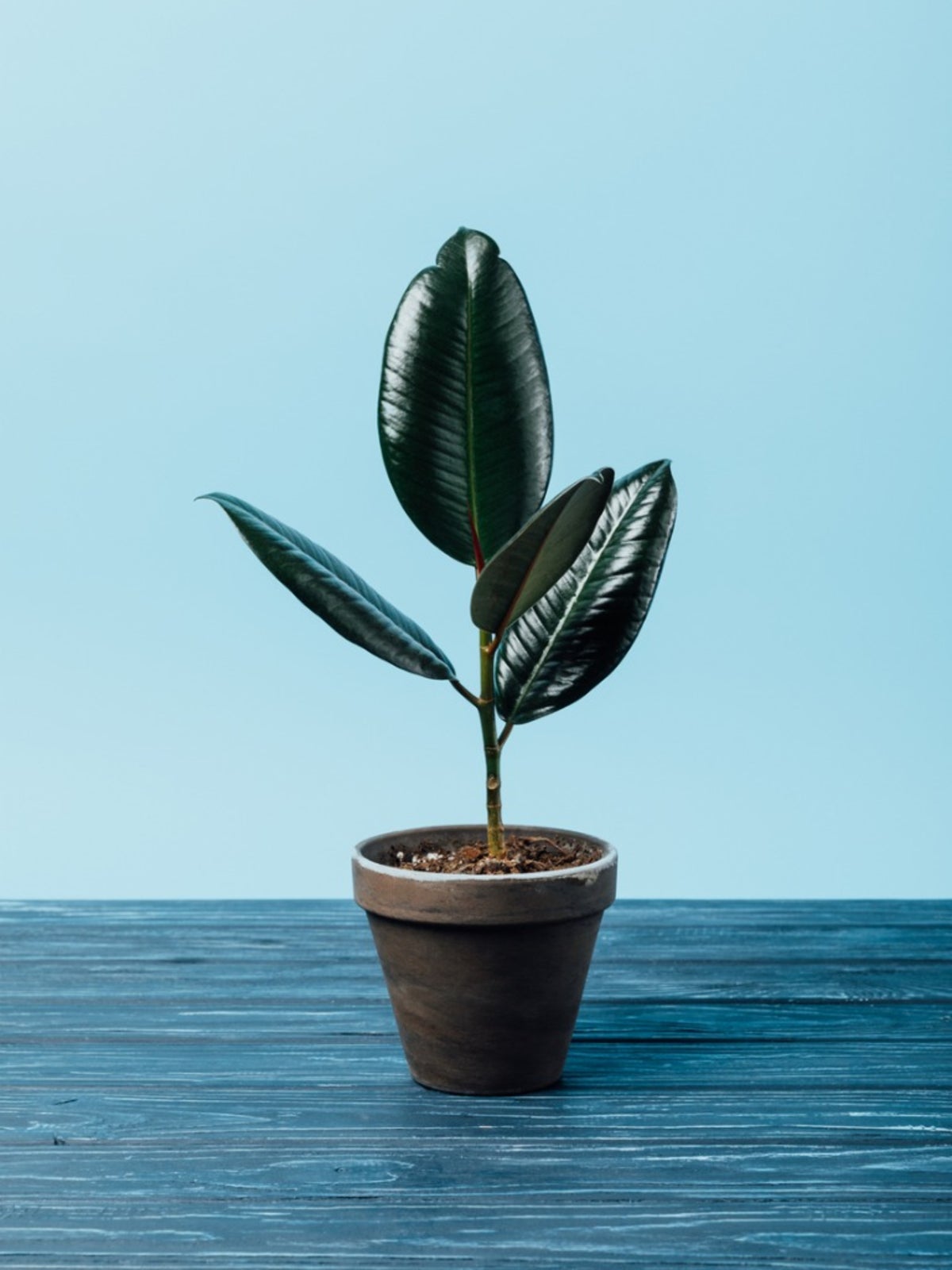How To Start A Rubber Tree Plant: Propagation Of A Rubber Tree Plant


Rubber trees are hardy and versatile houseplants, which leads many people to wonder, “How do you get a start of a rubber tree plant?”. Propagating rubber tree plants is easy and means that you will have starts for all of your friends and family. Keep reading to learn how to propagate a rubber tree so that you can give your friends a free rubber tree plant.
Propagate a Rubber Tree Plant with Cuttings
Rubber tree plants can grow very tall and this means an indoor rubber tree occasionally needs to be pruned. After pruning, don't throw out those cuttings; instead, use them to propagate a rubber tree plant. Propagating a rubber tree plant from cuttings starts with getting a good cutting. The cutting should be about 6 inches (15 cm.) long and have at least two sets of leaves. The next step in how to start a rubber tree plant from cuttings is to remove the bottom set of leaves from the cutting. If you would like, you can dip the cutting in rooting hormone. Then, place the rubber tree cutting in moist but well-draining potting soil. Cover the cutting with either a jar or clear plastic, but make sure that the intact leaves do not touch the glass or plastic. If you need to, you can cut the remaining leaves in half, removing the half that is not attached to the stem. Place the rubber tree plant cutting in a warm place that is lit by only indirect light. In two to three weeks, the rubber tree cutting should have developed roots and the covering can be removed.
Using Air Layering for Propagation of a Rubber Tree Plant
Another way to propagate a rubber tree plant is by using air layering. This method basically leaves the “cutting” on the rubber tree while it is rooting. The first step in propagating a rubber tree with air layering is to choose a stem to make into a new plant. The stem should be at least 12 inches (30.5 cm.) long, but can be longer if you would like. Next, remove any leaves immediately above and below the area where you will be rooting the stem, then take a sharp knife and carefully remove a 1-inch (2.5 cm.) wide strip of bark that goes all the way around the stem. You should have a “naked” ring that goes around the stem of the rubber tree plant. Remove all of the soft tissue in that ring, but leave the hard center wood intact. After this, dust the ring with rooting hormone and cover the ring with damp sphagnum moss. Secure the sphagnum moss to the stem with a plastic covering. Make sure the moss is completely covered. The plastic will help keep the sphagnum moss damp as well. In two to three weeks, the stem of the rubber tree should have developed roots at the ring. After it has developed roots, cut the rooted stem from the mother plant and repot the new plant.
Sign up for the Gardening Know How newsletter today and receive a free copy of our e-book "How to Grow Delicious Tomatoes".

Heather Rhoades founded Gardening Know How in 2007. She holds degrees from Cleveland State University and Northern Kentucky University. She is an avid gardener with a passion for community, and is a recipient of the Master Gardeners of Ohio Lifetime Achievement Award.